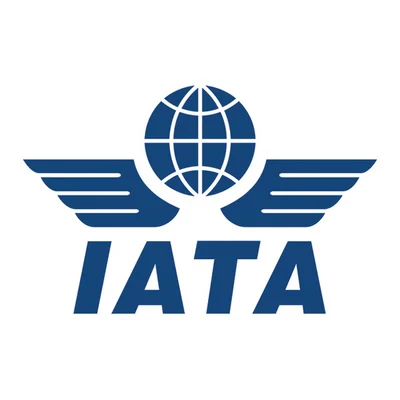The company shared its findings after submitting a preliminary investigation report to both the National Transportation Safety Board (NTSB) and the Federal Aviation Administration (FAA). WindBorne Systems indicated it is continuing to cooperate with authorities as they seek to confirm exactly what happened and prevent similar incidents in the future.
Weather balloons are subject to strict regulations in U.S. airspace. WindBorne Systems noted it has coordinated with the FAA throughout its operations and has conducted over 4,000 launches. Each launch is accompanied by a Notice To Airmen (NOTAM), and their balloons weigh about 2.4 pounds (1.1 kg). The company also stated that their balloons are designed with safety in mind should a midair collision occur.
Despite these precautions, given the speed of commercial jets at cruising altitude—typically between 30,000 and 40,000 feet—the impact still caused significant damage. In response, WindBorne Systems announced immediate changes: "minimize the time that its weather balloons spend at altitudes between 30,000 and 40,000 feet above mean sea level." This adjustment targets reducing overlap with commercial flight paths.
The company is also developing new hardware designs aimed at further reducing impact force and plans to use live flight data so that balloons can autonomously avoid planes even when flying at non-standard altitudes.
After landing safely in Salt Lake City following last Thursday’s event, United Airlines’ affected jet did not fly for three days while undergoing inspection. It later departed Salt Lake City for Chicago Rockford but remains grounded pending further checks.
 Alerts Sign-up
Alerts Sign-up



































